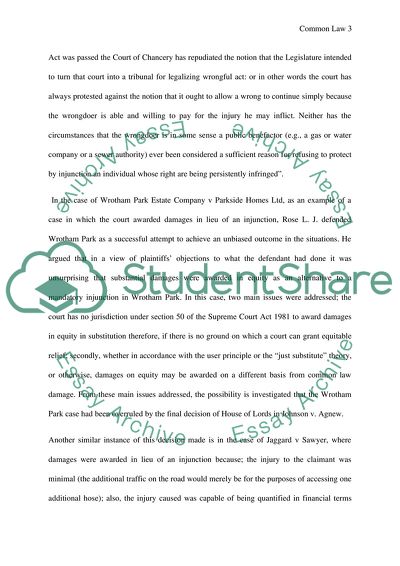Cite this document
(Wrotham Park Estate Company Versus Parkside Homes Ltd Report, n.d.)
Wrotham Park Estate Company Versus Parkside Homes Ltd Report. https://studentshare.org/law/1853818-equaty
Wrotham Park Estate Company Versus Parkside Homes Ltd Report. https://studentshare.org/law/1853818-equaty
(Wrotham Park Estate Company Versus Parkside Homes Ltd Report)
Wrotham Park Estate Company Versus Parkside Homes Ltd Report. https://studentshare.org/law/1853818-equaty.
Wrotham Park Estate Company Versus Parkside Homes Ltd Report. https://studentshare.org/law/1853818-equaty.
“Wrotham Park Estate Company Versus Parkside Homes Ltd Report”. https://studentshare.org/law/1853818-equaty.


